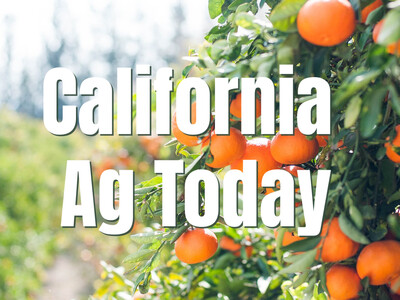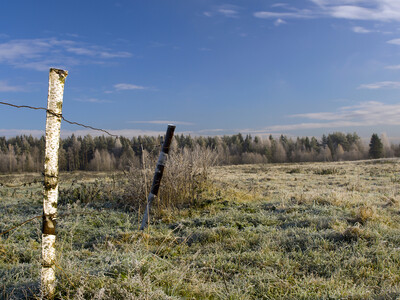Feeding the Hungry & COOL Fallout
Feeding the Hungry & COOL Fallout plus Food Forethought. I’m Greg Martin with today’s Northwest Report.
With Thanksgiving just a few days away, there are many people in the northwest who are more concerned with where their next meal will come from than what to serve for the holiday. Jenifer Johnson is the V.P., Development with the Idaho Food Bank.
JOHNSON: The Idaho Food Bank is seeing an increase in the need from people who are seeking emergency food assistance statewide and it’s particularly more difficult in some of the more rural communities of the state. As a matter of fact we’re looking at 1 in 6 Idahoans who are not exactly sure where their next meal will come from or they do not have enough food to actually live an active. healthy lifestyle. The other part of that is 1 in 4 of those are kids under the age of 18.
The World Trade Organization has ruled in support of complaints by Canada and Mexico that U.S. Country-of-Origin Labeling violates global trade rules and unjustly harms agricultural commerce. Colin Woodall, Vice President of Government Affairs for the National Cattlemen’s Beef Association called this - a strong ruling from the WTO that proves COOL was not only a disservice to U.S. cattlemen and women but also contained far-reaching implications for two of the most important trade partners for U.S. agriculture.
Now with today’s Food Forethought, here’s Lacy Gray.
Solar power and wind power, like all other innovative technologies, become more affordable the longer they are around. What makes this possible? First, with experience comes the knowledge of how to install and operate such technologies more cost effectively, which in turn can be passed on to the consumer. Also improvements in the technologies themselves, such as bigger, more efficient, more aerodynamic turbines for wind power, will lead to plummeting costs. And what could be better for the clean energy movement than making it possible for more people to be able to afford solar and wind power over natural gas or coal fired electricity. According to a Bloomberg New Energy Finance report, “the cost of electricity from onshore wind turbines will drop twelve percent in the next five years thanks to a mix of lower cost equipment and gains in output efficiency.” This means that possibly as early as 2016 alternative means of generating electricity could be fully competitive by being as cheap as, if not cheaper, than traditional power. There is hope that our children will see a world in which the majority of energy is produced from carbon free sources.
Thanks Lacy. That’s today’s Northwest Report. I’m Greg Martin on the Ag Information Network.














